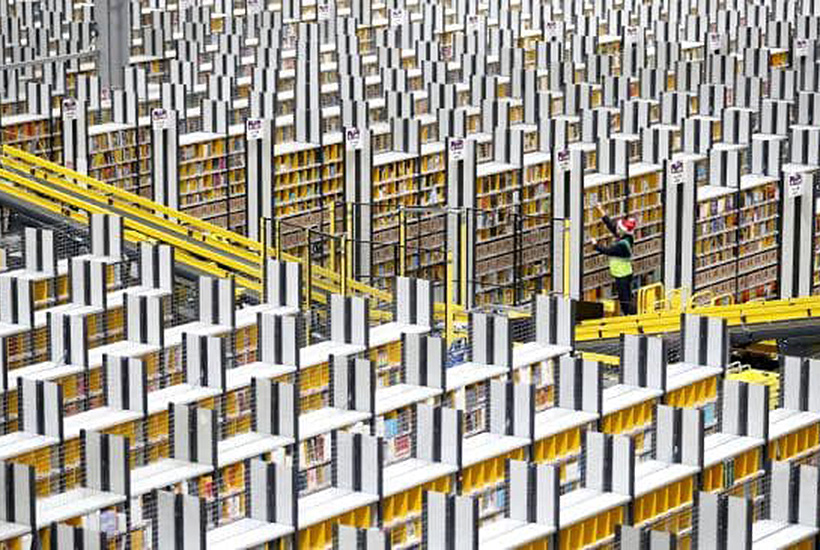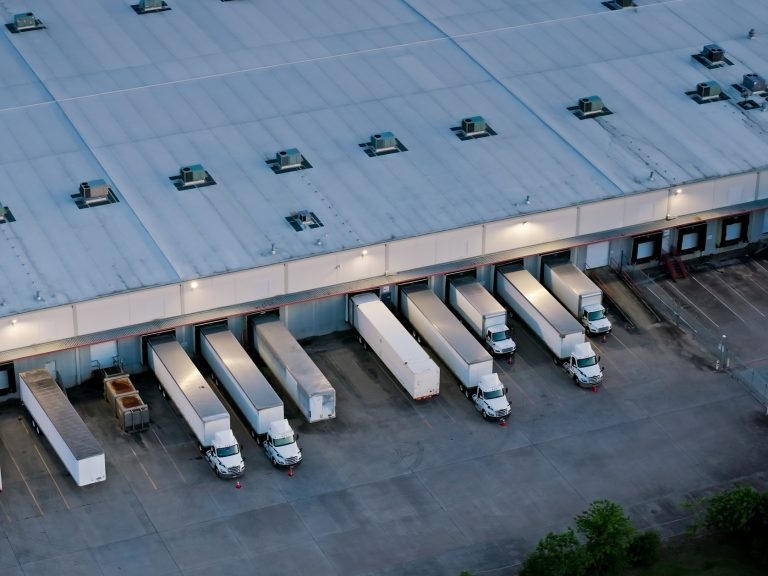Why online retail is making warehouses iron-clad investments

Major cities worldwide could be hit by a shortage of warehouse space due to surging demand from online retail giants and their bricks and mortar rivals that are overhauling their supply chains as they struggle to catch up.
With e-commerce companies growing much faster than traditional industries — and in some cases being far more attractive tenants — developers are scrambling to fill the shortfall, according to a worldwide survey by investment bank UBS.
The findings come as local players Coles and Woolworths pour millions into their Australian distribution networks as they seek to keep up with tech giant Amazon that made its local debut last year.
Commercial Insights: Subscribe to receive the latest news and updates
The investment bank found warehouse space — including super-sized warehouses would grow by 7% around the world in the next one to two years, but e-commerce users expect to increase space by 13%.
In the Asia-Pacific it suggested that demand for space across all tenants was growing at 6 per cent, compared with 10 per cent in the United States. But demand growth had slowed to 4% in Europe.
Greg Goodman, the chief executive of Australia’s biggest warehouse operator Goodman Group says industrial real estate is now very different to what it did 10 years ago.
“Back then, and it seems a long time, our cities were smaller, consumers didn’t use technologies such as smartphones or voice assistance to shop, and warehouses weren’t centrally located with access to large populations,” he says.
Goodman predicts that in the next 10 years, the landscape will become “very different” again with the number of people in the world’s top cities increasing by a collective 65 million every year.
“E-commerce is already growing at a double-digit pace around the world, but by 2030, its predicted that about 75 per cent of the global population will both have mobile and internet access,” he says.

Amazon is expanding its operations in Sydney.
He sees a future in which advances in artificial intelligence and big data will make ideas such as predictive shopping and shipping more commonplace.
And he is not alone in readying for the big changes to logistics and warehousing, with the likes of Charter Hall, Dexus, GPT, Mirvac and Stockland also planning new facility for e-commerce companies and traditional retailers.
Amazon has already taken space in Sydney and Melbourne and more established players are also spending on brand new automated warehousing facilities in order to compete.
The lift in demand for modern distribution centres is also helping the sector overcome economic concerns spurred by the US-China trade war. Multinational companies were looking to increase their distribution capacity and investment in automation is also set to accelerate, UBS found.
The investment bank’s Global Warehouse Occupier survey found that demand for space from top e-commerce and logistics companies was outstripping the supply provided by major listed developers.
Companies that managed to secure space were also dramatically boosting the automation inside warehouses, which in turn meant they were taking longer leases in top locations.
Forty one per cent of global warehouse infrastructure globally is currently considered “robotised” but this is forecast to leap to 55% over the next three to five years.
Investors are keen to back companies developing new-style warehouses. UBS said that record low interest rate environment and structural tailwinds meant Goodman Group — the sector king in Australia and with operations worldwide — was well placed to deliver 8-10 per cent growth over the medium term.
Goodman securities closed up 4c up at $15.51 with UBS noting the strong support for the logistics property sector globally, saying it was the “most consensus overweight we have witnessed”.
This article originally appeared on www.theaustralian.com.au/property.







